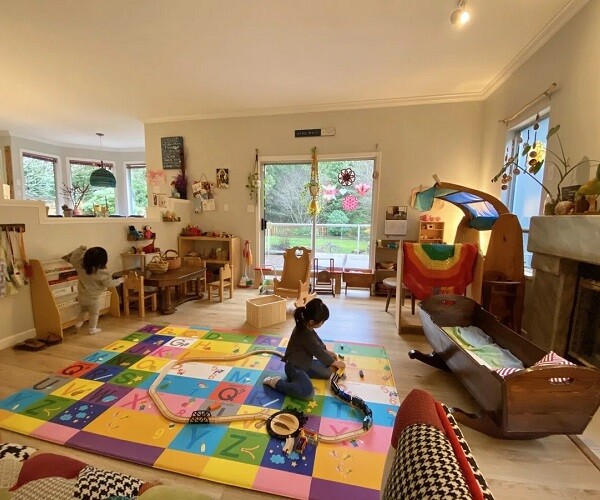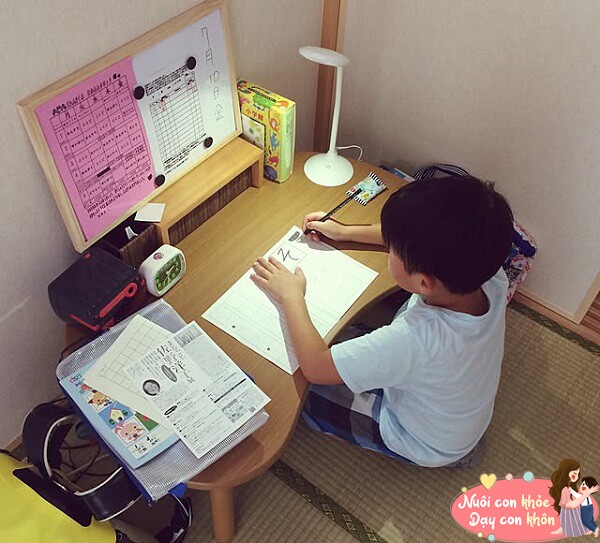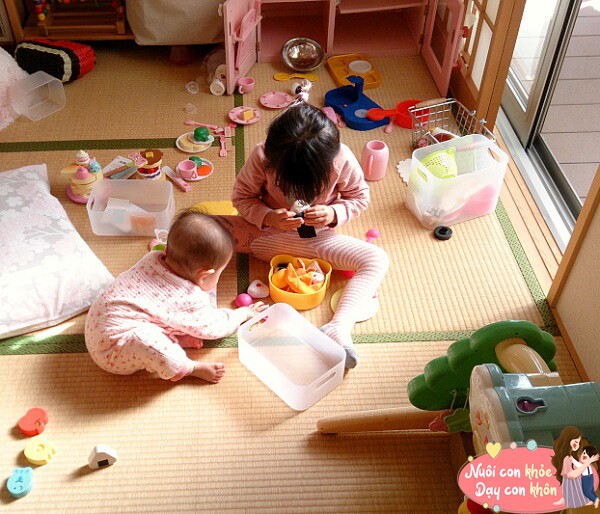The research team led by Dr. Vohs concluded in their report that: “A chaotic environment can be enlightening, allowing individuals to break free from the chains of tradition and foster new insights.” This suggests that imperfect environments can encourage flexibility in thinking and stimulate more active brain engagement.
Especially for children, messy areas in the home, such as playrooms or study areas, can actually promote brain development and enhance their intelligence in the long run.


Messy Desks Foster Creativity
Take the example of Albert Einstein when it comes to messy desks or workspaces. Einstein’s desk was notoriously cluttered, and he refused to let anyone tidy it up, leaving behind a famous quote: “If a cluttered desk is a sign of a cluttered mind, what is an empty desk?” This quote not only reflects Einstein’s personality but also offers an intriguing perspective on creativity.
In fact, Einstein wasn’t the only famous figure with a messy workspace. Numerous scientists, writers, artists, and celebrities from all walks of life are known for their “love” of messy desks and workspaces.
A scientific study conducted in Germany explored the concept of “messy desks” and found that chaotic environments can indeed make us think more carefully and clearly. When faced with surrounding disorder, we tend to simplify what’s in front of us, stimulating our thinking and creative abilities.
In other words, a messy desk or study area can enhance focus, learning efficiency, and work productivity. However, Dr. Vohs also emphasized in an interview: “There are two types of chaos: messiness and dirtiness.”
This implies that not all messiness is beneficial. Sometimes, a child’s desk may appear very cluttered, but they can quickly locate what they need, creating a sense of orderliness in their eyes. If parents tidy up too quickly, they might disrupt the child’s established “order,” potentially hindering creativity and making the child feel insecure in their space.
Therefore, consider guiding children on how to reorganize their space reasonably, allowing them to develop self-management and creative skills within their environment.

Sometimes, a child’s desk may appear very messy, but they can quickly find what they need.

Play Areas: Nurturing Flexible Thinking
In psychological terms, this is known as the ‘broken window effect’ when applied to children’s play with toys.
Simply put, the broken window effect suggests that when people find a hole in a window, they are more likely to want to create more holes.
Similarly, when children see toys scattered about, they enthusiastically engage, as if discovering a pit. In contrast, if the toys are neatly arranged, a child may hesitate to disrupt the order.
When children interact with toys, each toy provides unique stimulation to their brains. These stimuli not only spark their interest but also contribute to their intellectual development.
Child development experts have found that brain development in children peaks between the ages of three and six. This is the golden period to implement appropriate educational methods to enhance their intelligence.
So, instead of complaining or immediately tidying up a messy house, view it as a valuable opportunity for your children to freely explore, create, and learn from their own experiences.

Messy play areas foster flexible thinking.
Creating a comfortable space for chaos encourages creativity and enables children to form novel and groundbreaking ideas.
Within those messy moments, children can learn to explore their surroundings, develop their imagination, and nurture their passions.
Parents can join their children in play to better understand their interests and needs. This also helps children feel connected and loved. Additionally, strive to balance providing enough toys for their development while maintaining a safe play area—a space that’s messy but within a structured framework.
Designate separate play areas where children can freely explore without disrupting other areas of the home.

































